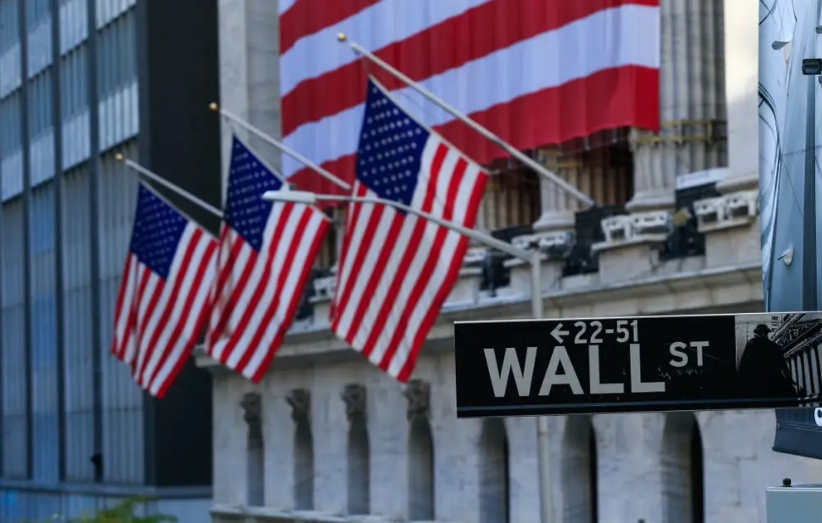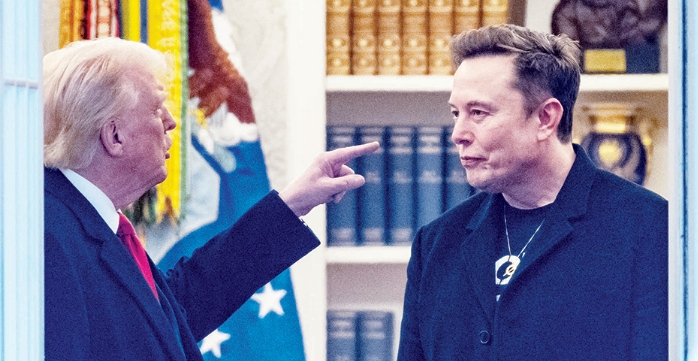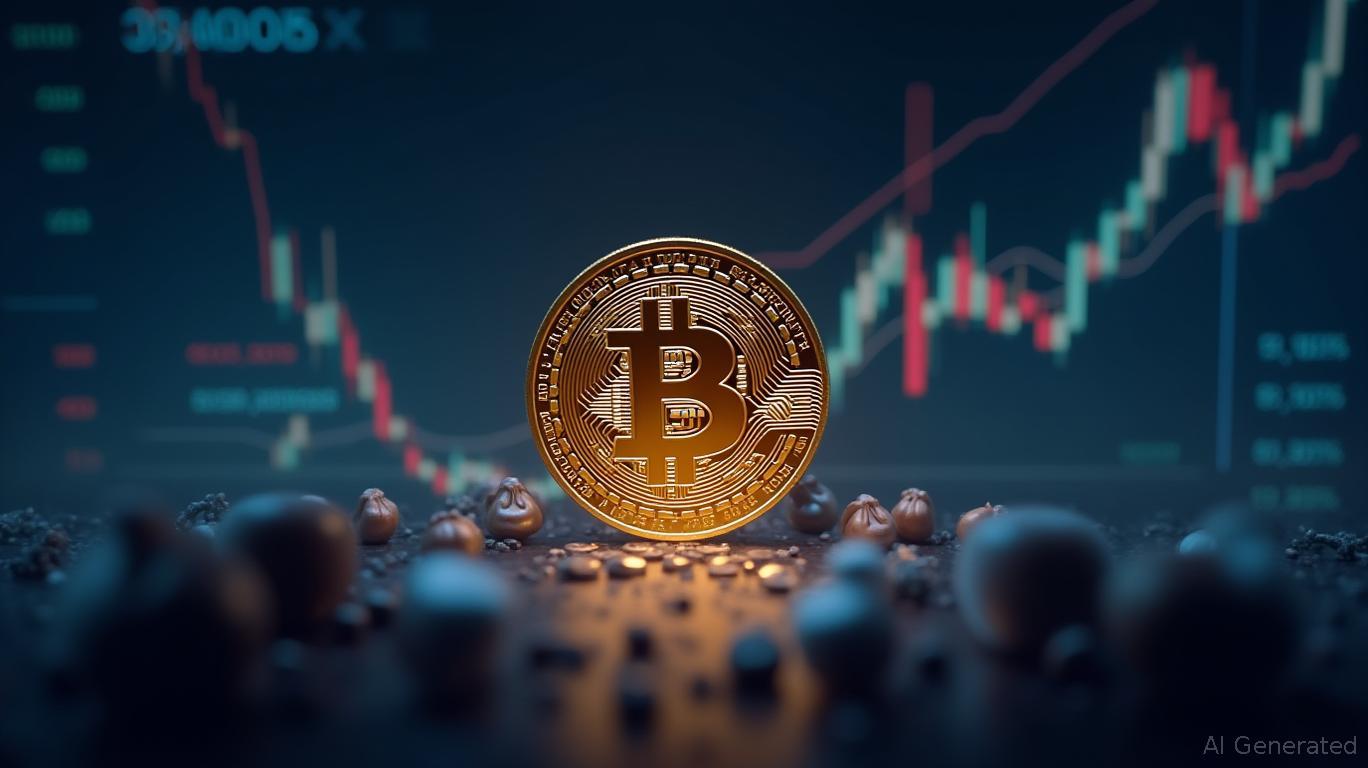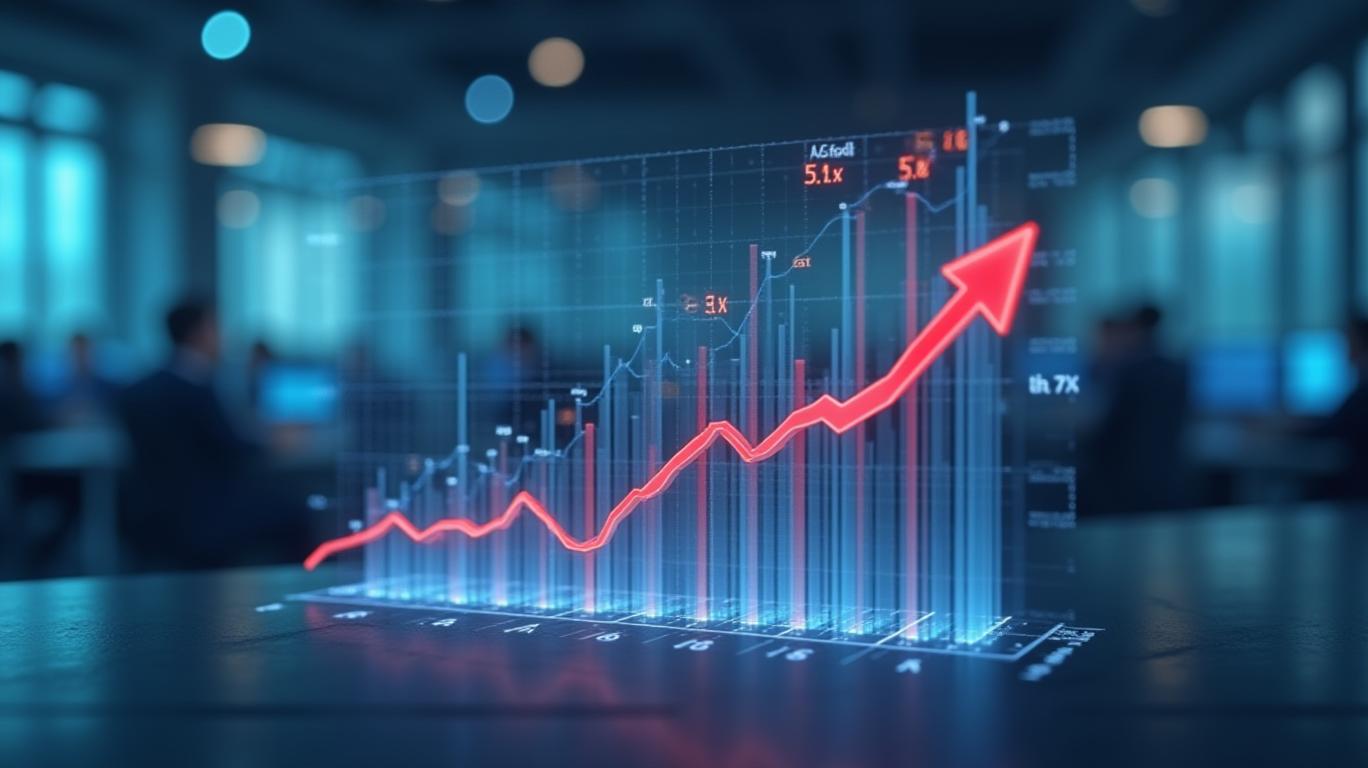The Great Rotation: How Policy Uncertainty and Global Shifts Are Redefining Markets in Q1 2025
The first quarter of 2025 marked a pivotal inflection point for global markets, as investors grappled with the seismic impact of shifting policies, trade tensions, and a dramatic reversal of sector dynamics. What began as a continuation of late-2024 volatility evolved into a stark reordering of economic priorities—driving a historic sector rotation and widening the gap between regions betting on stimulus and those caught in the crossfire of protectionism. The question now is: How permanent is this new paradigm?
The Policy Pendulum Swings, Markets Recoil
The Trump administration’s early actions—tariffs, spending cuts, and regulatory overhauls—created a climate of uncertainty that sent shockwaves through U.S. markets. The Conference Board’s CEO Confidence Index plummeted to a decade-low of 5.0 in Q1, while the CBOE Volatility Index (VIX) spiked mid-February, signaling a loss of faith in traditional growth engines.
The S&P 500, which had hit an all-time high in mid-February, ended the quarter down -4.3%, dragged down by the “Magnificent 7” tech giants (Nvidia, Microsoft, Alphabet, Amazon, Tesla, Apple, Meta), which shed 15% collectively. Meanwhile, smaller companies fared better, with the Russell 2000 declining just -1%—a stark reminder that policy risks disproportionately hurt large-cap, globalized firms.
The Global Divide: Winners and Losers in a Split Economy
While the U.S. struggled, Asia and Europe surged ahead, fueled by corporate earnings and government spending. The Hang Seng Index soared +15.3%, driven by Tencent’s 90% YoY profit growth and the rollout of DeepSeek’s AI across platforms like Weixin. Even China’s SSE Composite, though flat, saw tech-driven gains offset by broader caution.
In Europe, stimulus took center stage: Germany’s $535 billion infrastructure fund propelled the DAX 40 +11.3%, while Italy and France also rallied on spending plans. Japan, however, lagged, with the Nikkei 225 falling -10.7%—its worst quarter since 2020—as tech exposure and trade risks weighed.

Sector Rotation: From Tech Titans to Value Plays
The most striking shift was the reversal of 2024’s tech-driven rally. Investors fled growth stocks, betting instead on sectors insulated from policy whiplash. Value outperformed growth, with materials (+8.6% in Switzerland, +11.3% in Germany), healthcare, and energy leading gains. Even defensive sectors like utilities rose as yields retreated.
The losers were predictable: Technology and Communication Services, the latter tied to tech giants, fell sharply. Nine of 11 S&P sectors outperformed the index, with seven posting gains—a stark contrast to the tech-centric 2024 market.
The Drivers: Policy, Valuations, and the Hunt for Safety
- Policy Uncertainty: Tariffs on semiconductors and manufacturing goods disrupted supply chains, crippling U.S. tech and industrial sectors. Investors fled to regions with clear stimulus plans, like Europe.
- Valuation Adjustments: The S&P 500’s P/E ratio dropped from 22x to 20x, reflecting diminished growth expectations. This contraction, not earnings misses, drove the selloff.
- Bond Market Rally: The 10-year Treasury yield fell to 4.15%, as investors sought safety. Credit spreads remained stable, suggesting liquidity was intact—despite the panic.
Looking Ahead: Volatility or Systemic Stress?
Historically, markets experience annual drawdowns of -5% or worse in 91 of 98 years since 1928. This quarter’s decline fits that pattern, not signaling collapse but a necessary correction. Yet risks remain:
- U.S. Growth: Consumer spending slowed as mortgage rates hit 7.5%, and housing starts stagnated.
- Global Trade: Tariffs could further disrupt manufacturing, while China’s reliance on tech exports creates fragility.
Investors are being forced to choose: Stick with regions betting on stimulus (Europe, Asia) or wait for U.S. policy clarity. Advisors warn that patience is critical—staying invested through volatility has rewarded long-term holders in 94% of post-1928 years.
Conclusion: A New World, But Not the End of the World
The Q1 2025 markets delivered a blunt message: policy choices now dictate economic trajectories. The U.S. faces headwinds from its own making, while Europe and Asia seize opportunities to decouple from tech-driven uncertainty.
The numbers tell the story:
- The Hang Seng’s +15.3% gain versus the S&P’s -4.3% highlights a structural shift.
- Nine of 11 sectors outperforming the S&P underscore the end of the FAANG era.
- The VIX’s spike to 30—a level unseen since 2020—reveals lingering fear, but not panic.
For investors, this is a time to rebalance, not retreat. The sectors and regions thriving today may define the next cycle—but history reminds us that markets eventually reward those who stay disciplined, even when the pendulum swings wildly.
Data as of March 31, 2025. Past performance is not indicative of future results.










